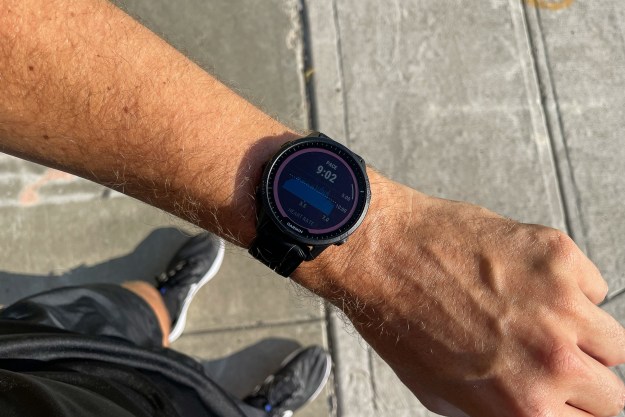The tech that powers the device is pretty straightforward. A small thermoelectric generator (TEG) is the key to Lumen’s operation – a small ceramic bar in the flashlight’s body detects the temperature difference applied to the TEG, and a voltage converter bumps the charge up to a usable range to power Lumen’s five millimeter ultrabright LED. The average human body temperature is enough to power Lumen when you need it in most climates, and the device is even equipped with a capacitor to store electricity reserves for the flashlight.

While Zhuravskiy admits the tech in the current version of Lumen is limited, there’s no reason this small-scale application of energy transformation couldn’t be used a springboard to develop new products with different purposes. And although Lumen is small enough to fit in the palm of your hand or clip onto a keychain, every element of its construction is engineered to serve a purpose. Even the metal body of the flashlight doubles as a heat radiator in both the aluminum and titanium versions of Lumen.
The strength of Lumen’s flashlight output should be comparable to the flashlight capability now standard with most smartphones. But since we usually have our mobile devices in a pocket or somewhere nearby so we don’t have to fumble around for them in the dark, Zhuravskiy also wanted Lumen to be detectable when the lights are out. Optional tritium vials built into Lumen’s main face mean the phosphorescent gas will glow for over a decade to guide your way to the handy body heat flash light.
Lumen’s Kickstarter campaign won’t end until November 13th, but the flashlight has already blasted past its modest $5,000 funding goal. Almost 2,000 backers have come together to pledge over $100,000 to bring Lumen to life, which may be because it’s a genuinely brilliant idea or simply because Zhuravskiy’s pu together a rockstar pitch video for the campaign. A $30 pledge will score you a Lumen flashlight of your own in aluminum casing, and $45 will bring in a titanium bodied Lumen. Now that the campaign met its funding goal, backers can expect to start receiving their Lumen flashlights in early 2016.


